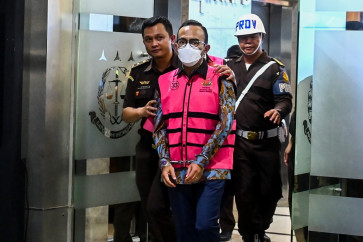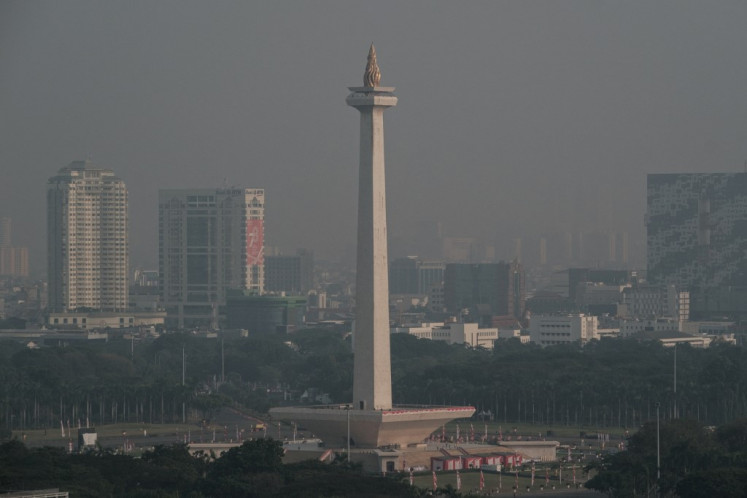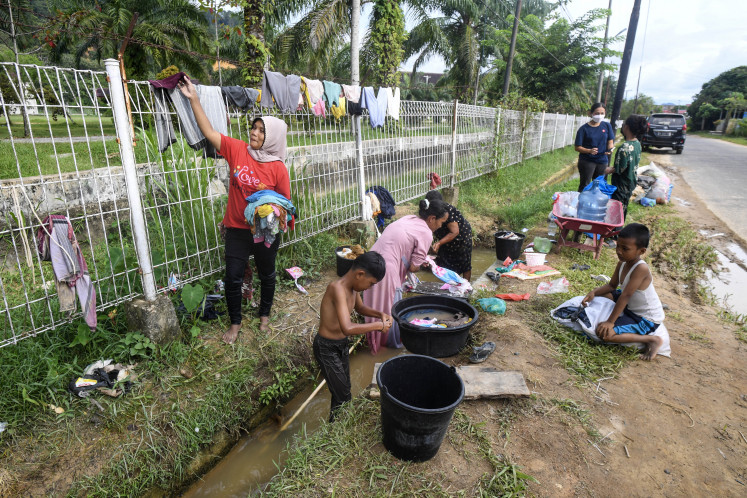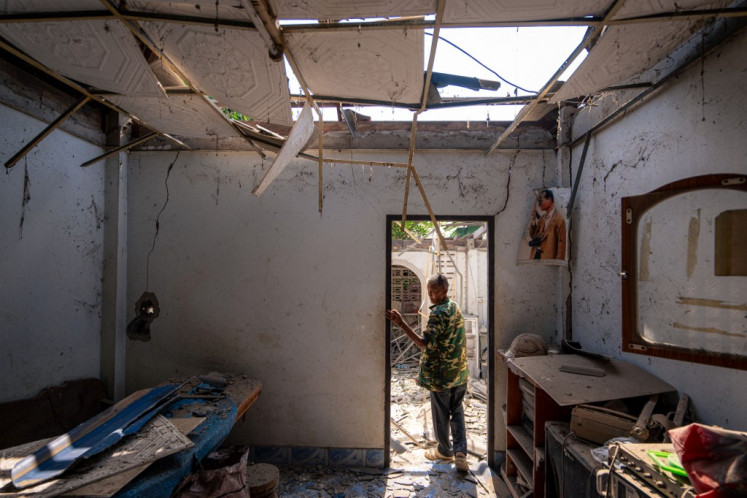Popular Reads
Top Results
Can't find what you're looking for?
View all search resultsPopular Reads
Top Results
Can't find what you're looking for?
View all search resultsHistoric areas in Singapore you must visit
Change text size
Gift Premium Articles
to Anyone
I
t is true that we love Singapore for its exciting lifestyle and shopping adventures, advanced architecture and technology, but beneath the glamorous facade that makes Singapore famous for what it is today, there are places that still maintain the authenticity and historic traits of the country.
As a melting pot of different cultures in Asia, Singapore is home to Malay, Chinese, and Indian people, as well as expats from other countries who have become community members that make up the population. To show the true colors of the country, we list several areas that can give you a glimpse about the life and history of Singapore.
This is probably the most historic area from which the country received its name when Sang Nila Utama, a Sumatran prince, saw a lion-like animal when he entered the river and named the area ‘Singa-pura’, or Lion City. Whether the legend is true, this river has built the foundation of the city over centuries through trade.
After having heavily suffered from congestion and pollution from trading and shipping, the river was redeveloped in 1977. The Singapore government restored buildings to bring back the old glory and transformed the waterway and installed facilities to support housing, recreation, entertainment and commercial areas. This program included the refurbishment of three historic quays such as Boat Quay, Clarke Quay and Robertson Quay. Don’t forget to take water taxis to explore the river.
(Read also: Exploring the quirky side of Singapore)
Serangoon Road
Located in Little India, Serangoon Road reveals a variety of Indian, Malay and Teochew cultures. The road hosts many historic buildings and shops, including notable monuments like the 162-year-old Church of the Nativity of the Blessed Virgin, serving 7,000 devotees who still celebrate a Teochew mass every Saturday, the Kew Ong Yah (Nine Emperor Gods) Temple built in 1921 and the Sri Veeramakaliamman Temple. HBO and Australian Broadcasting Cooperation produced a TV series titled Serangoon Road, which was based on a detective story that took place in the area during the 1960s.
This is the center of art and heritage where many museums and monuments are located. Bras Basah, which is means 'wet rice' in Malay, was known as the European center as established by Singapore’s founder, Sir Stamford Raffles. The highlights of BBB – which is how the area is famously called – are the National Museum of Singapore and the Peranakan Museum, but what attracts locals and travelers the most is its Singapore Night Festival, which is an annual event of arts and culture when various street performances, spectacular music, dances and art installations take place.
(Read also: Muslim-friendly destinations in Southeast Asia)
This is also known as the ‘Muslim Quarter’ and it has become the Mecca for Islamic visitors wanting to find halal food and pray at the Sultan Mosque. The area was once a fishing village on the banks of the Rochor River and was surrounded by gelam (paperbark) trees. After Sir Stamford Raffles gave the village to Sultan Hussain Mohammed Shah, Kampong Glam became the center of the Arab-Malay communities, including of the Bugis people who came from Indonesia.
Another highlight in Kampong Glam is Haji Lane, which is famous among young travelers wanting to find indie boutique collections. Kampong Glam is also a home to the Malay Heritage Center, some eclectic restaurants and a center to shop for Persian carpets that can be found on Arab Street and Bussorah Street. (asw)







